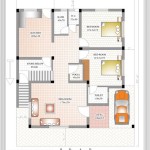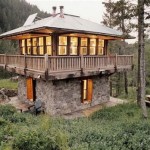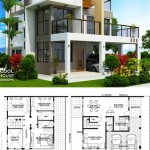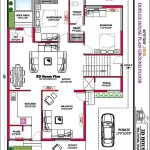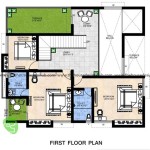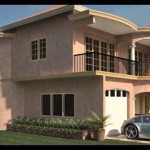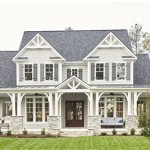Front Elevation Of House Plans: A Comprehensive Guide
The front elevation of a house plan is the visual representation of the front facade of the house. It provides a detailed outline of the exterior design, including the placement of windows, doors, and other architectural features. Here are some essential aspects to consider when evaluating the front elevation of house plans:
1. Architectural Style
The architectural style of a house plan determines its overall appearance and aesthetic appeal. The front elevation will reflect the specific style, whether it's traditional, modern, contemporary, or any other variation. Consider the style that complements your personal preferences and the surrounding neighborhood.
2. Symmetry and Asymmetry
Front elevations can be symmetrical or asymmetrical. Symmetry refers to a balanced and harmonious arrangement of elements on both sides of the facade, while asymmetry creates a more dynamic and visually interesting design. Choose a layout that aligns with your desired aesthetic and the overall architectural style.
3. Roofline and Pitch
The roofline and pitch are significant features that shape the front elevation. The roofline determines the overall form of the house, such as a gable, hip, or flat roof. The pitch, or angle, of the roof affects the visual height and massing of the house.
4. Windows and Doors
Windows and doors are essential elements that provide natural light, ventilation, and access to the interior. The size, shape, and placement of windows and doors can significantly impact the front elevation design. Consider the proportions, spacing, and style of these features to create a cohesive and functional facade.
5. Outdoor Spaces
The front elevation may also include outdoor spaces such as porches, verandas, or patios. These features can enhance the curb appeal and livability of the house. Consider the size, shape, and relationship of these spaces to the overall design.
6. Landscaping
Landscaping can complement and enhance the front elevation design. The placement of trees, shrubs, and other greenery can frame the facade and create a harmonious relationship between the house and its surroundings. Consider the use of landscape elements to soften the lines, add color, and enhance the visual appeal.
7. Materiality and Finishes
The choice of materials and finishes used on the front elevation can significantly impact its overall appearance and longevity. Consider the durability, aesthetic appeal, and maintenance requirements of different materials such as brick, stone, stucco, or siding. Additionally, the use of color and texture can add depth and interest to the design.
Conclusion
The front elevation of house plans plays a crucial role in determining the visual appeal and overall character of the house. By carefully considering the architectural style, symmetry, roofline, windows, doors, outdoor spaces, landscaping, and materiality, you can create a front elevation design that complements your personal preferences and enhances the curb appeal of your home.

House Front Drawing Elevation View For D 392 Single Story Duplex Plans Corner Lot Floor

Scheme Of The Tested Single Family House A Front Elevation B Scientific Diagram

House Plan With Elevation Design Front Small Floor And Designs Books

Architecture House Plan And Elevation Complete Drawing Cadbullb Bungalow Floor Plans Building Designs

Modern House Plan And Elevation Design Front Drawing Designs Books

20x40 New Elevation Small House Front Design Balcony

Front Elevation Designs Top 10 Exterior House Plan And Books

30 Normal House Front Elevation Designs Trending In 2024

Help With A House Plan Front Elevation Pro Sketchup Community

29x48 House Plan Design 3d Front Elevation 1392 Sq Ft 6 Bedroom

